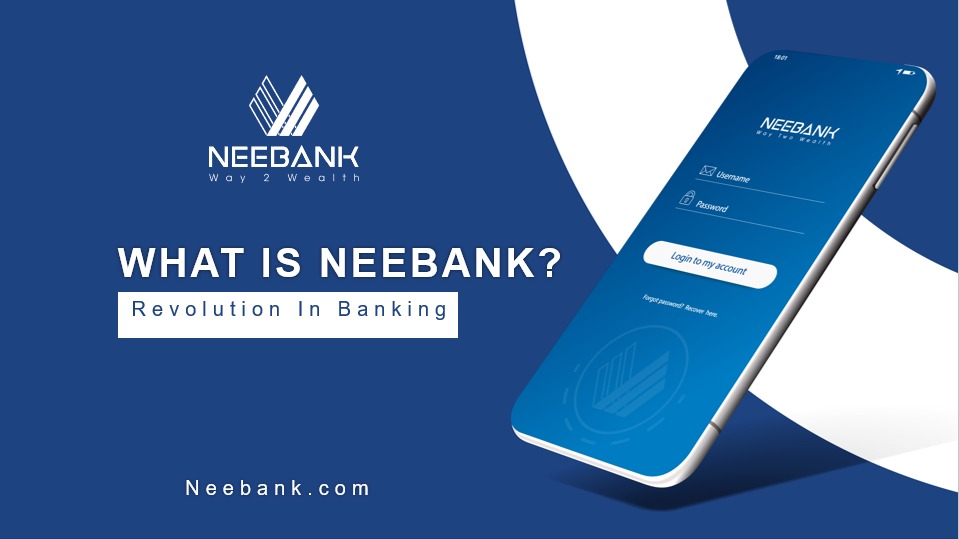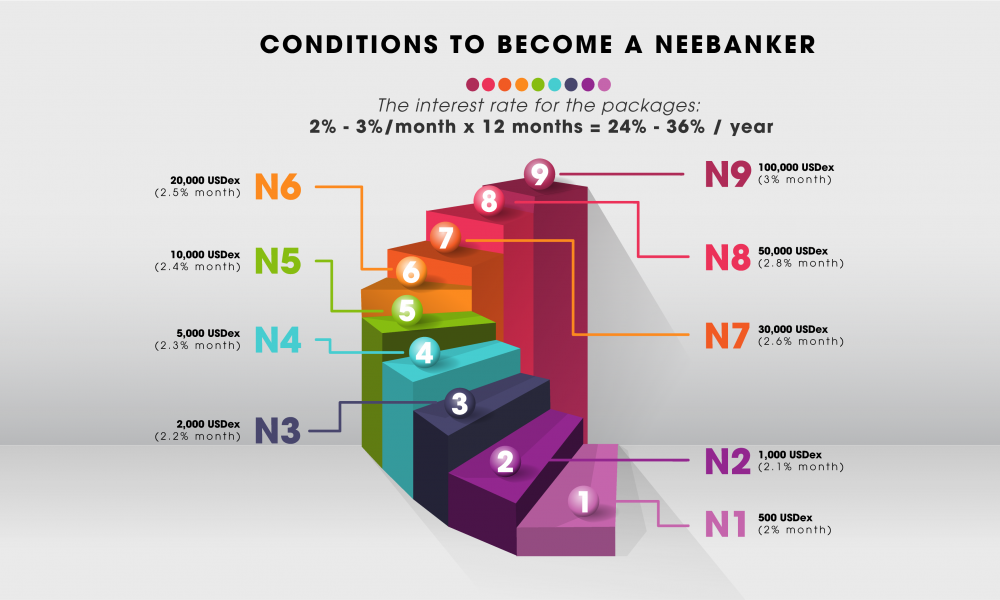
Digital Identity Revolution
How digital identity revolution impacts our daily life? Let’s take a look at traditional identity verification method. Traditionally identity verification was based on human interactions and physical documents, mainly issued by central or local governments.
But in today’s world, where relentless digitalization and 24/7 connectivity continue to transform everyday life, you can no longer rely on those physical identification methods alone. Why?
- Digital transformation is driving customer experience
- The expectations on the consumer’s side have changed.
- Today, a great consumer experience means convenience, real-time, and mobile-first.
As digital forms of identity are required to conduct our lives, it is becoming clear that the current approach to identity and identity proofing is incompatible with the way we transact and behave across digital and physical worlds.
In short, consumers/customers/citizens want a seamless experience. On the other hand, they demand more security and protection. They want to be sure their data are safe and kept private. Robust digital identity schemes are deeply needed It’s become clear that the future growth of online business requires the existence of reliable and strong digital identity schemes. They will allow new players and incumbents (both public and private) to authenticate, identify and operate efficiently and safely using the latest technologies such as biometrics, blockchain and AI.

Table of contents
The case for ID interoperability
The key issue to operate with our digital identity is the validity that others give to the veracity of the attributes of our digital identity.
Just think about digital identity revolution
Let’s suppose A trusts B and B trusts C. Can A trust C? Digital identity needs, therefore, a provider that will bring enough trust, security, and convenience at the same time.
In the private sector, many service providers have built their identity system, often based on user and password and failing to provide consumers with data privacy, security and seamless authentication experience. On their side, the public sector has started surfing those new digital identity trends and technologic waves. More and more countries are building national eID schemes using it mainly to offer access to governmental and public online services (Germany, Spain, Italy..). One of the most successful and highly developed is the Estonian digital identity scheme.
Nevertheless, with the increasing emergence of different services that require identity validation, the private sector may expect identity provider systems that can administer identities and credentials differently for multiple service providers to be linked to government systems.
 Why Should Businesses Accept Money 4.0 Now?
Why Should Businesses Accept Money 4.0 Now?





